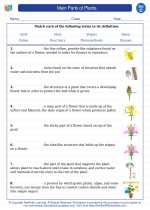Learning About Snowy Weather
Snowy weather is a fascinating topic that is fun to learn about. Let's explore the science behind snow and how it forms!
What is Snow?
Snow is precipitation in the form of ice crystals. These ice crystals form from the freezing of water vapor in the atmosphere. When the temperature is below freezing, the tiny water droplets in clouds freeze together to form snowflakes, which then fall to the ground.
How Does Snow Form?
Snow forms in clouds when the temperature is below freezing. When water vapor in the air condenses and freezes around a tiny dust or pollen particle, it forms an ice crystal. As these ice crystals collide and stick together, they form snowflakes. These snowflakes continue to grow as they move through the clouds and eventually fall to the ground as snow.
Fun Facts About Snow
- Snowflakes can have many different shapes and sizes, with some being symmetrical and others irregular.
- The temperature at which snow forms can affect the size and shape of snowflakes.
- Snow is not only fun for playing and building snowmen, but it also provides essential moisture for plants and animals during the winter months.
Study Guide
Here are some questions to help you understand snowy weather:
- What is snow made of?
- How does snow form in the atmosphere?
- What factors can affect the size and shape of snowflakes?
- What are some of the fun activities you can do in the snow?
- Why is snow important for the environment?
Now that you've learned about snowy weather, you can go outside and enjoy the beauty of snowflakes and the fun activities that come with snowy weather!
.◂Science Worksheets and Study Guides Third Grade. Main Parts of Plants

 Activity Lesson
Activity Lesson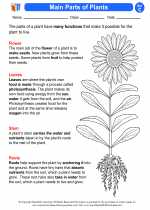
 Worksheet/Answer key
Worksheet/Answer key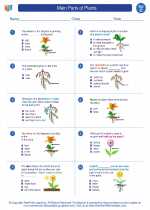
 Worksheet/Answer key
Worksheet/Answer key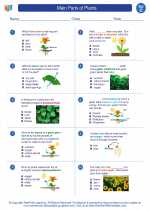
 Worksheet/Answer key
Worksheet/Answer key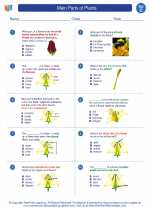
 Worksheet/Answer key
Worksheet/Answer key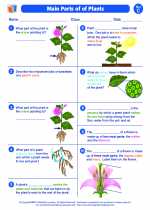
 Worksheet/Answer key
Worksheet/Answer key
 Vocabulary/Answer key
Vocabulary/Answer key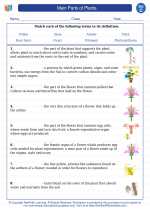
 Vocabulary/Answer key
Vocabulary/Answer key